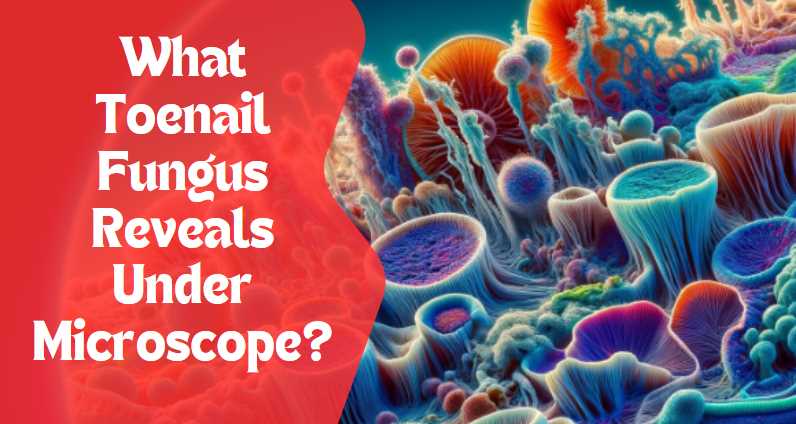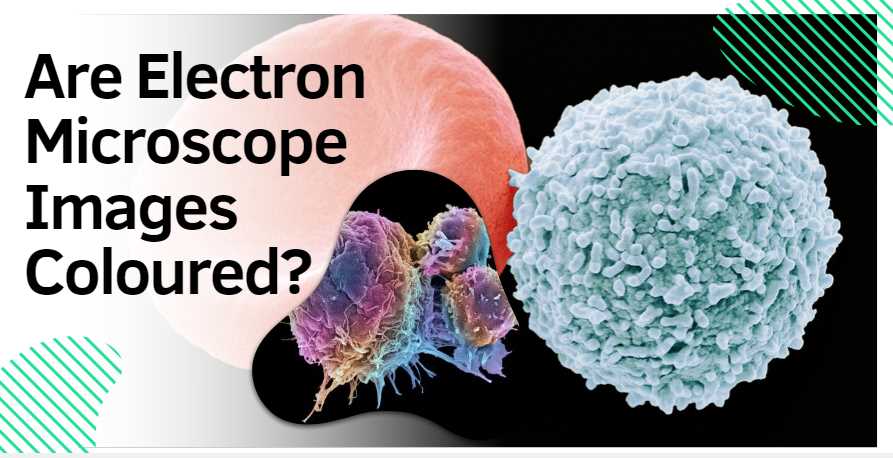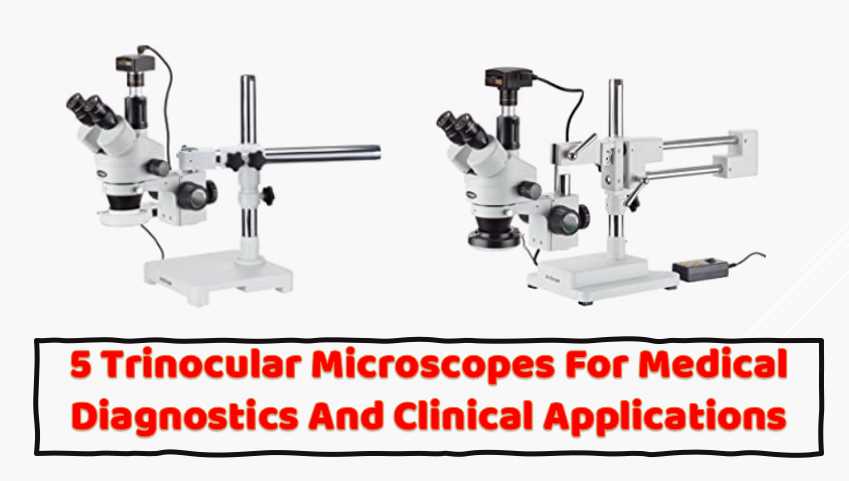What you Need to Know About the Latest Vanguard Microscope – Watch Video Now!
Have you been looking for a high-quality microscope that won’t break the bank? If so, you’ll want to look at the Vanguard Microscope. This microscope is perfect for students, professionals, and anyone who wants a top-of-the-line tool that won’t damage their collections. In this article, we’ll provide you with all the information you need to […]
What you Need to Know About the Latest Vanguard Microscope – Watch Video Now! Read More »





